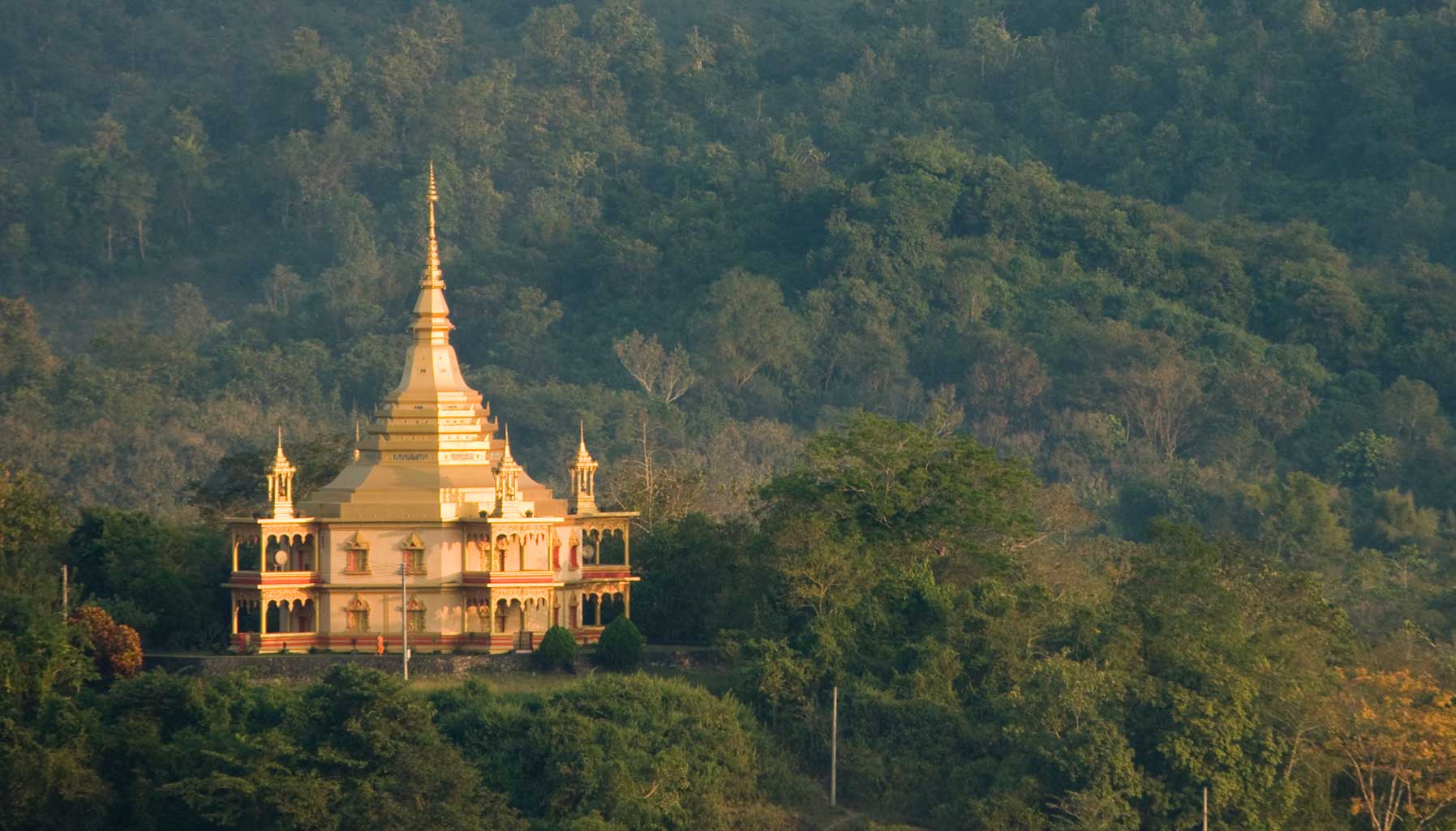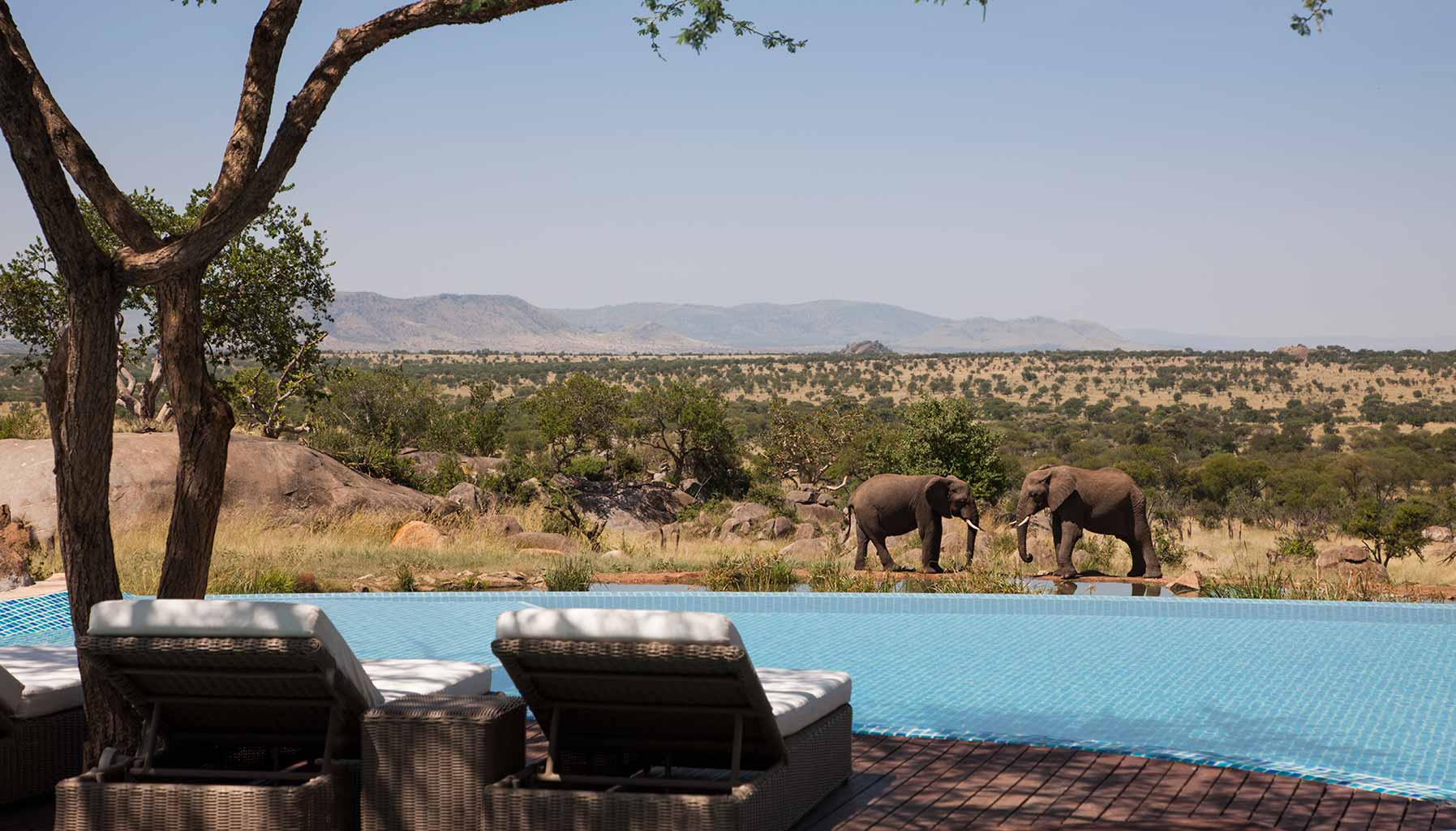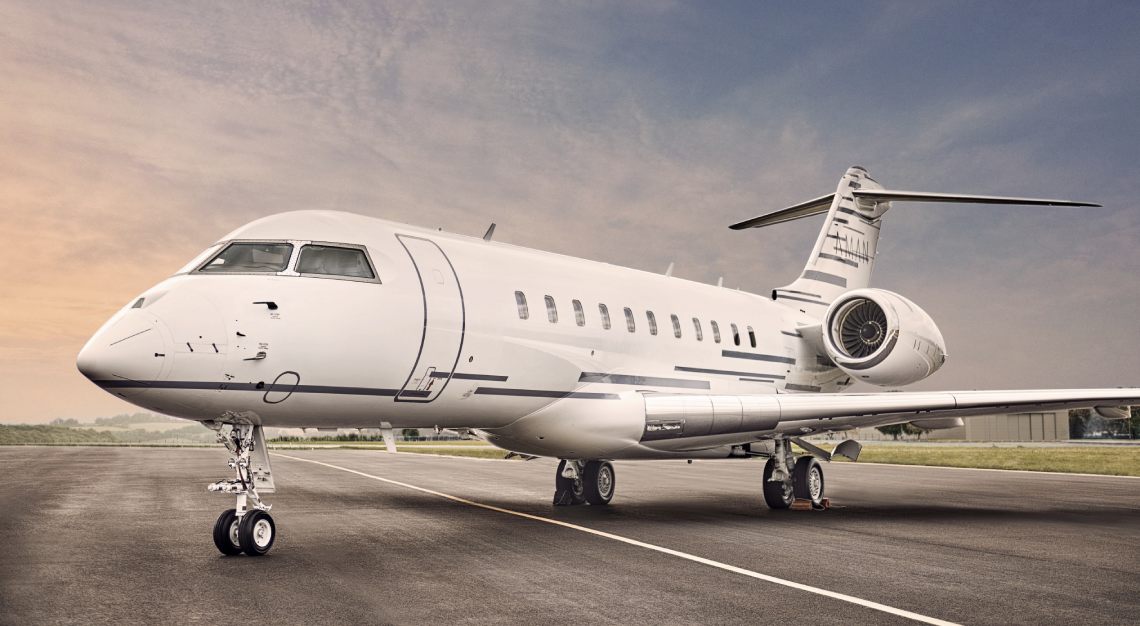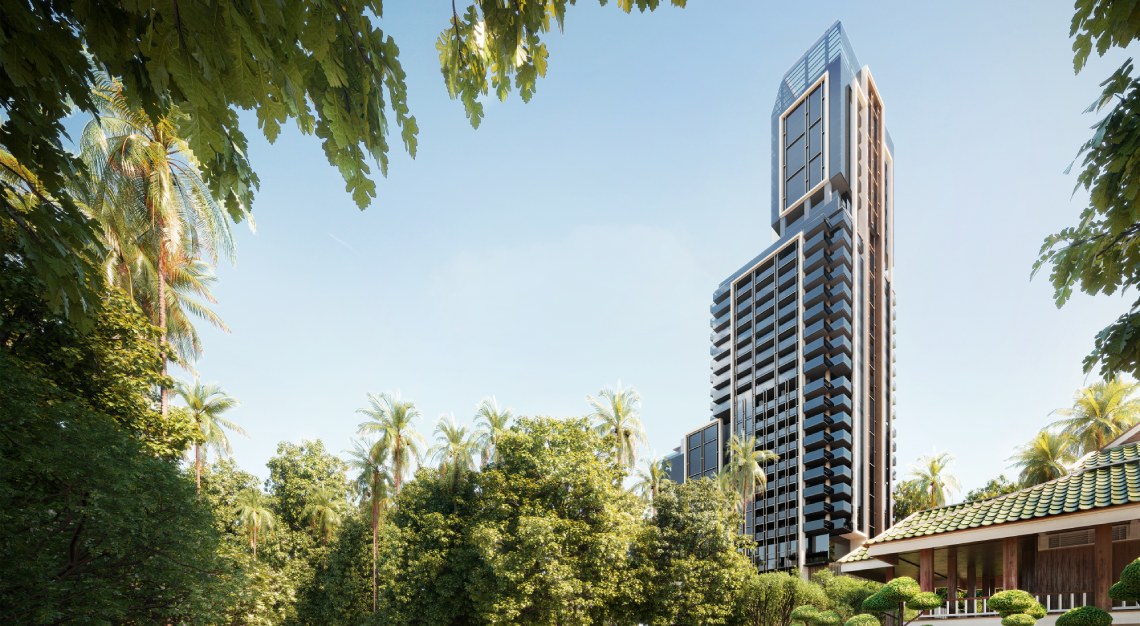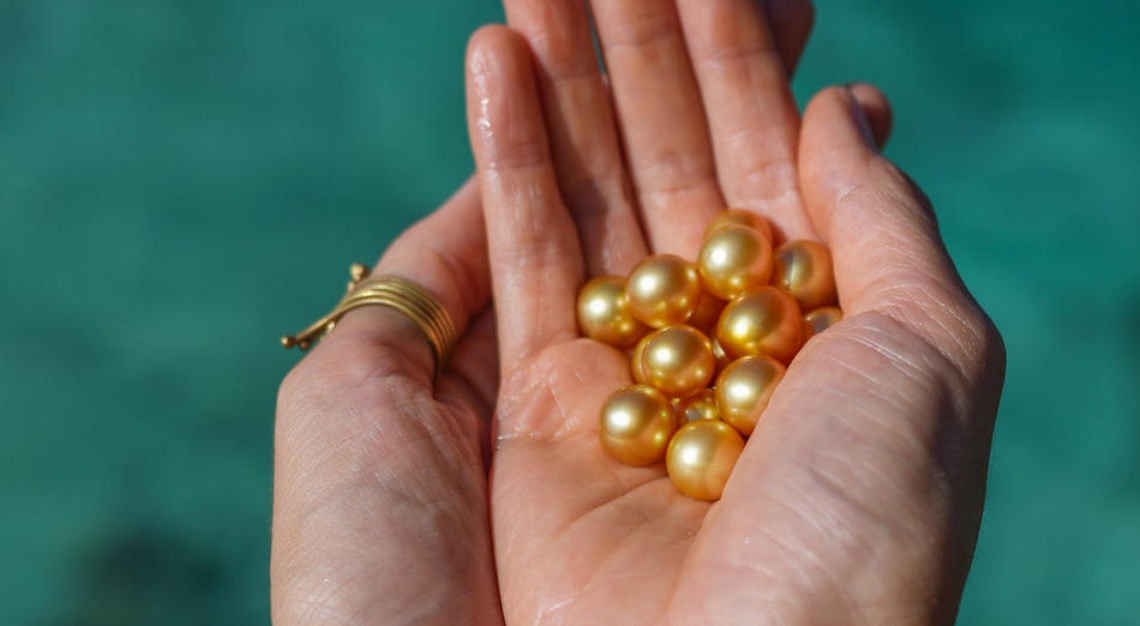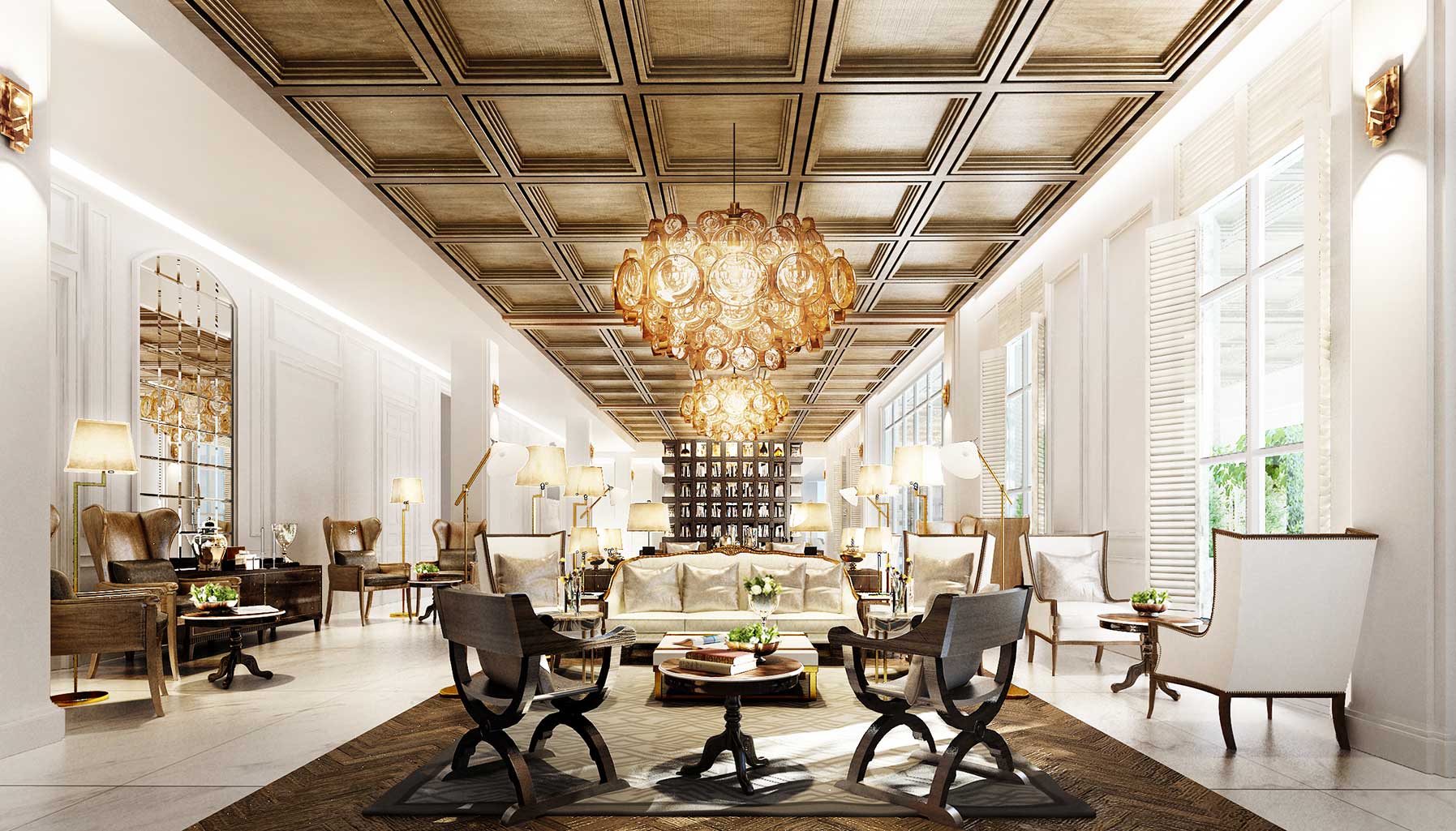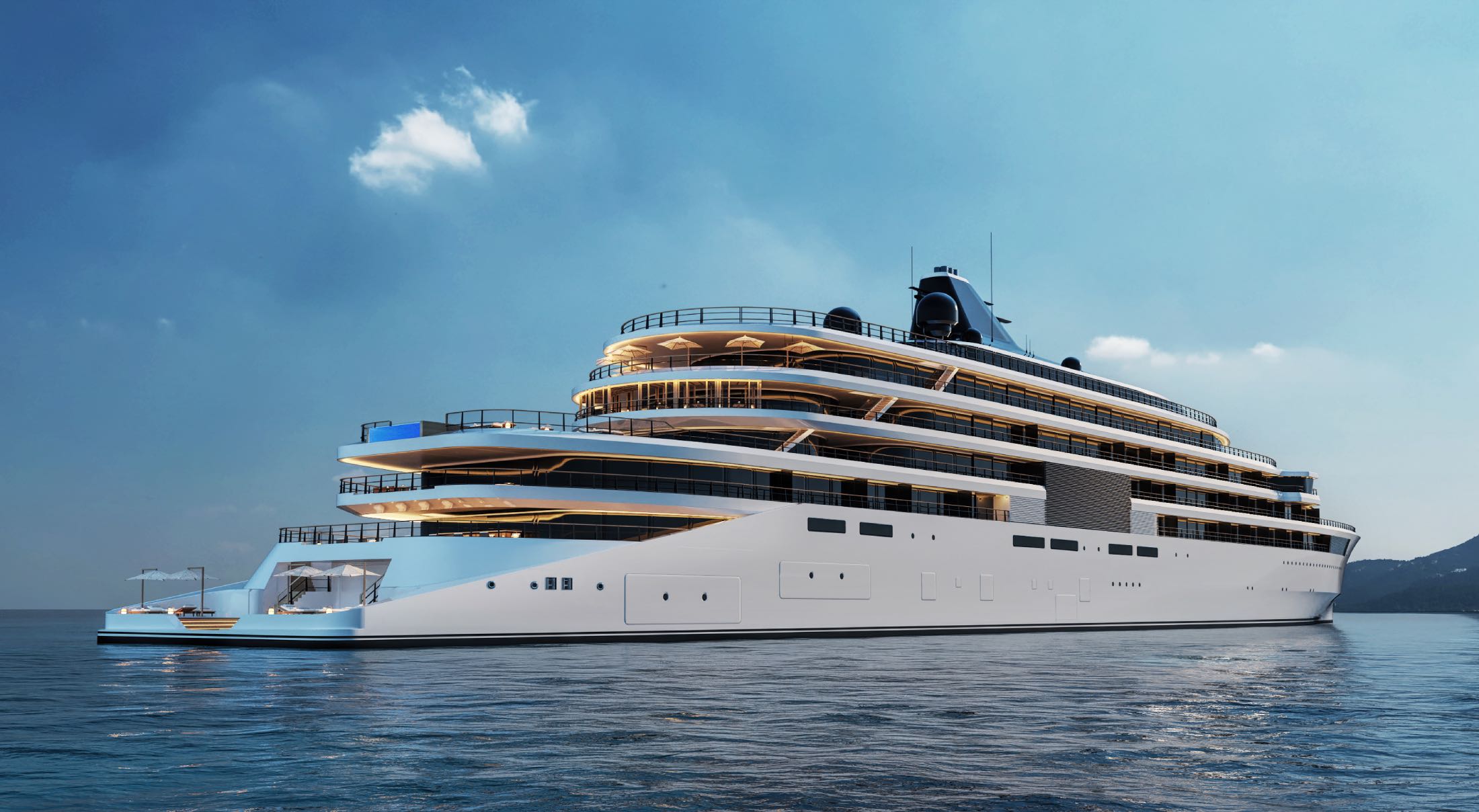Hidden Gem
“On the 25th of July I reached Louang Prabang, a delightful little town… containing a population, not, as Mgr Pallegoix says in his work on Siam, of 80,000, but 7,000 or 8,000 only. The situation is very pleasant… Were it not for the constant blaze of a tropical sun, or if the mid-day heat were tempered by a gentle breeze, the place would be a little paradise.”
So wrote the French explorer Henri Mouhot in his diary, Travels in Siam, Cambodia and Laos, 1859–1862. Mouhot is best remembered for popularising Angkor Wat in the West. If he had paid a visit to the town during the cool season (November to February) as I did, his opinion of its paradisiacal status might have been somewhat diff erent. Perched at the confluence of the Mekong and Nam Khan rivers, and surrounded by ridges shaped like dragon backs, the town wakes to cool, crisp mornings and is lulled to sleep by a pleasant chill.
The population might have swelled to 56,000 now, but the situation, as Mouhot wrote, is no less pleasant: the touristic hordes have yet to discover the charms of this Indochinese gem. In any case, Luang Prabang’s UNESCO World Heritage Site status, conferred in 1995, serves to regulate the pace of development. So for now at least, the vibe is luxuriously laid-back, the perfect antidote to urban hustle.
I’m a guest of SilkAir – which began its thrice-weekly flight to Luang Prabang in late October – and of Amantaka, the town’s premier digs with 24 suites set in a series of low-slung French colonial buildings. “It’s fantastic that SilkAir is flying here,” says Donald Wong, the property’s general manager. “It’s opening up to new markets, because (previously) it was difficult to get to Luang Prabang. And with Singapore being a hub, it’s easier for people from Europe or America to come here directly.”
The luxury market in Luang Prabang is tiny, with only a handful of big-name operators (Aman, Belmond and Sofitel) and small boutique hotels catering to the well-heeled.
But there is so much on offer for the intrepid luxury traveller: culture in spades; exclusivity and privacy (Amantaka does not list its address; Google Maps will indicate an incorrect location, a deliberate ruse to thwart prying eyes); a refined cuisine that borrows elements from the Thai and Vietnamese culinary vocabulary; and a vibrant artistic scene centred on textile weaving.
Amantaka, though seven years old, feels like it has been there forever. And therein lies the beauty. The Aman brand is known for meshing unobtrusively into the vernacular; perhaps nowhere else is this synergy more harmonious than here.
Laotian culture is all about understatement: its Buddhist temples, though impressive in their own right, lack the pomp and circumstance of their Thai counterparts, or the sheer age and patina of their Cambodian and Burmese neighbours. In this respect, the Aman ethos of simplicity and restrained elegance makes for a perfect fit.
The resort is the only Aman to boast of a permanent cultural adviser on staff: no less than Nithakhong Somsanith, a descendant of the Lao royal family and a UNESCO World Heritage Committee member. Nit, as he is affectionately known, acts as my guide for my four days in Luang Prabang.
Nit is a veritable font of information, a walking Wikipedia of Lao culture. He guides me through the Baci blessing ceremony, a calming ritual meant to acclimatise one’s arrival or departure to a new environment. He accompanies me to a morning alms offering, explaining the significance of the practice where local townsfolk offer sticky rice and other edibles to passing contingents of monks and novices. It is, for many travellers, a highlight of the Luang Prabang experience, and certainly one of mine.
Finally, he takes me to Wat That Luang – the Monastery of the Royal Stupa, a sanctuary associated with the royalty of Luang Prabang – where I observe an evening session of chanting and meditation.
It is a calming, spiritual experience that is sought after by many Aman guests – Nit reveals that three years ago, he accompanied Antonio Banderas on a morning chant, after which the actor helped to clean the temple grounds.
The French have a saying: ‘The more things change, the more they stay the same’.
For hundreds of years, the same Buddhist chants have reverberated across the Mekong and Nam Khan rivers. I suspect that if Mouhot were alive today, he would find familiar comfort in Luang Prabang
SilkAir flies to Luang Prabang thrice-weekly.
